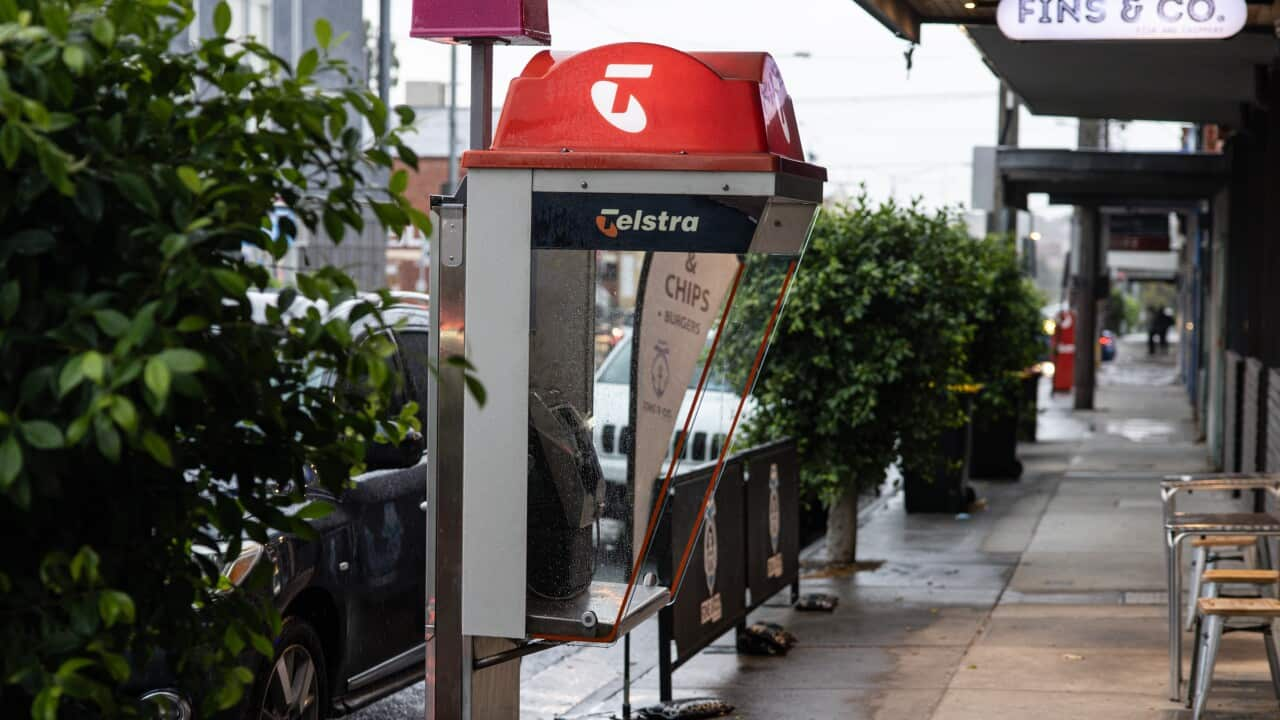Key Points
- Vodafone has accused Telstra of exaggerating the scope of its network coverage.
- Vodafone says Telstra made the claims for over a decade.
- Telstra has previously claimed to have network coverage for over 99 per cent of Australia.
Australia’s biggest telecommunications company is facing allegations it misled customers by inflating claims of how far its network reached.
In claims levelled by rival telco Vodafone, Telstra is accused of “dramatically” overstating its reach by as much as 40 per cent — for more than a decade.
Vodafone, along with parent company TPG Telecom, said Telstra advertised its coverage based on a signal strength customers could only get if they used a special external antenna and a powered repeater that is usually installed on a vehicle or building.
Its rival said network coverage claims should be based on signal strength a mobile phone would usually get without any extra devices.
TPG group executive Kieran Cooney said the allegations were “alarming” and would have cost his company customers.
A rival telco has accused Telstra of making misleading claims about its network coverage. Source: AAP / Dean Lewins
“It appears Telstra has tricked Australians into paying top dollar for coverage they simply can’t get on a regular mobile phone,” Cooney said.
“We are calling on them to make it right … Telstra’s conduct could have misled consumers into believing they can get coverage in places that require special equipment.”
Specifically, TPG alleged Telstra claimed its mobile network was around one million square kilometres greater than it was because it based its figures on the use of an antenna and repeater.
It also said the network covered 99.7 per cent of the population based on using those same devices.
Telstra recently updated its coverage claims to note that the 99.7 per cent mark required an external antenna.
In a statement, Telstra stood by its network claims and measurements.
“No matter how you look at it, Telstra’s mobile network covers more of Australia than any other. Any suggestion that we’ve misled the public about the size of our network is completely untrue,” a spokesperson said.
“Using our coverage maps, customers have always been able to determine our level of coverage with and without an external antenna, so they always knew what to expect based on the device they’re using.”
The telco said many customers in regional and remote areas benefit from using external antennas to maximise their coverage.
The spokesperson said this was why Telstra had used this as the basis for calculating the coverage footprint.
“Now that Vodafone has communicated to us how it’s chosen to calculate its coverage footprint, to help the public understand the difference, we’re highlighting that our three million square kilometres of coverage is based on using an external antenna,” the spokesperson said.
“Using coverage maps, people can see the many towns, highways and places where we’ve invested to provide coverage and Vodafone hasn’t. We’re all for transparency and industry consistency in how we report coverage and would gladly put our maps up, side-by-side, so that Australians can see the difference.”
TPG has reported Telstra to the consumer watchdog, called for a regulatory investigation and threatened legal action to stop the practice and potentially force a compensation payment.
The Australian Competition and Consumer Commission (ACCC) said it is considering the claims but would not confirm an investigation into Telstra.
“Mobile operators do not have a standardised or consistent approach to the coverage maps they publish via their websites and in advertising,” an ACCC spokesperson said.
“We continue to urge mobile operators to provide comparable coverage maps … There is no legal requirement for mobile network operators to provide this, but the ACCC has been advocating for more transparency for consumers for some time.”
Australians living in regional and remote areas would pay extra for Telstra service because they believe it is the only option for reliable coverage, a consumer group said.
Australian Communications Consumer Action Network chief executive Carol Bennett said: “If this allegation is true — and the coverage advantage is not as big as people have been led to believe — regional consumers would be forgiven for feeling betrayed.”
“When consumers are misled, markets are distorted, and trust is eroded.”
For the latest from SBS News, and .

